Bees are crucial to agriculture and other industries. You may already know that a sizable amount of food we eat is because of their crop pollination (though the exact percentage is the point of much debate), but there are many facts that people aren’t aware of.
Fact #1
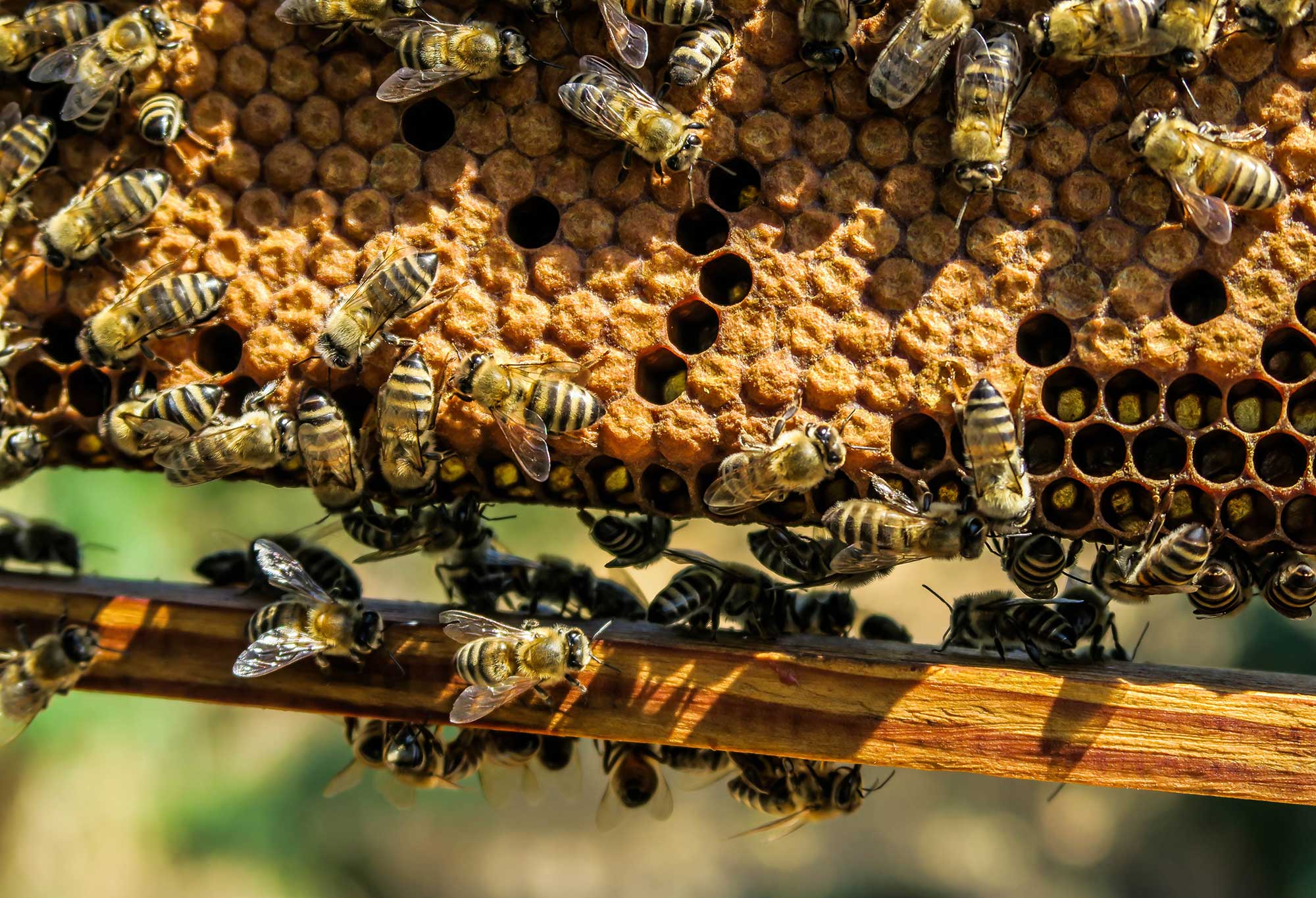
There are 20,000 species of bees. Over 4,000 contribute to pollination.
Fact #2
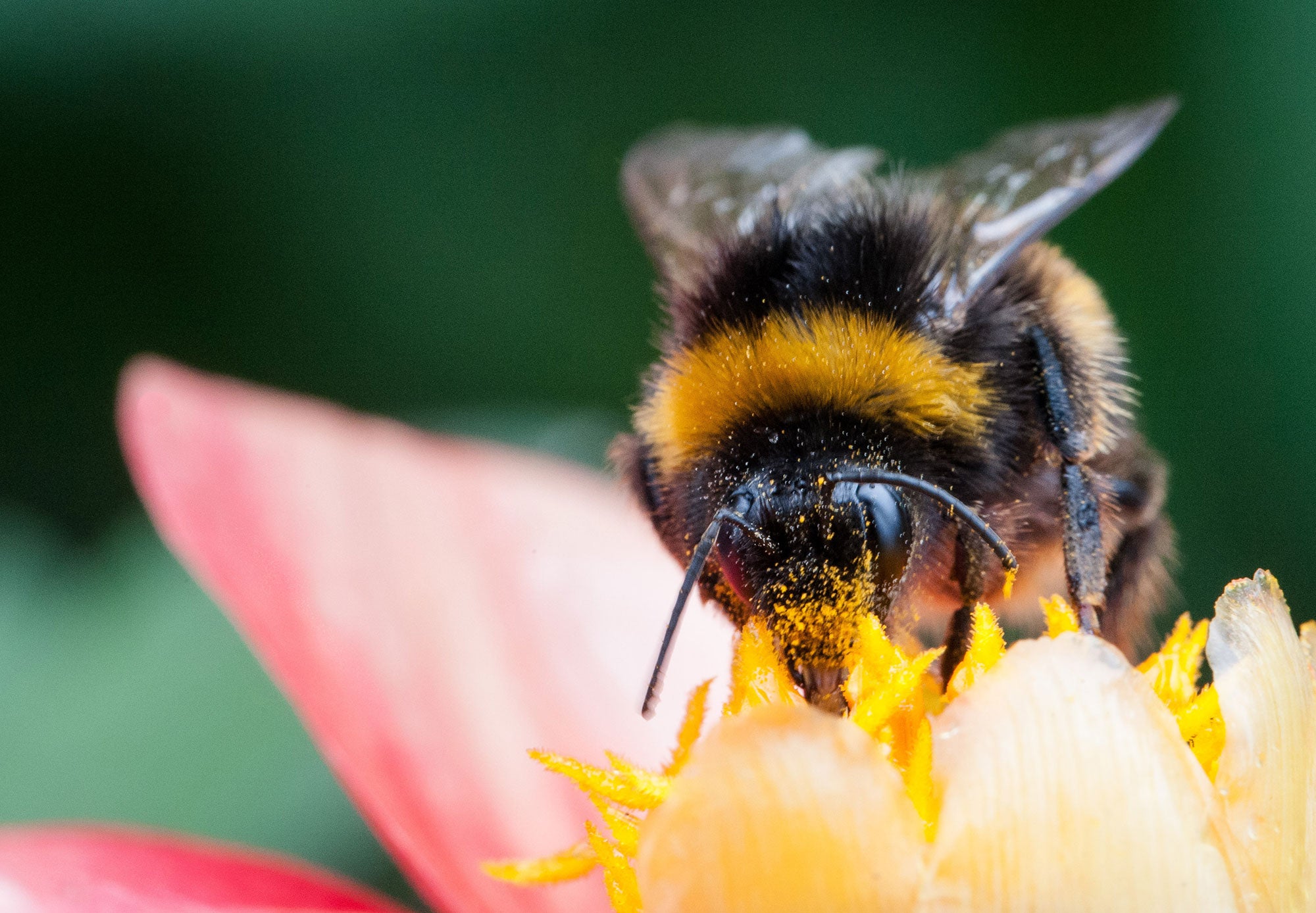
Bees have two stomachs — one for eating and the other for storing honey.
Fact #3
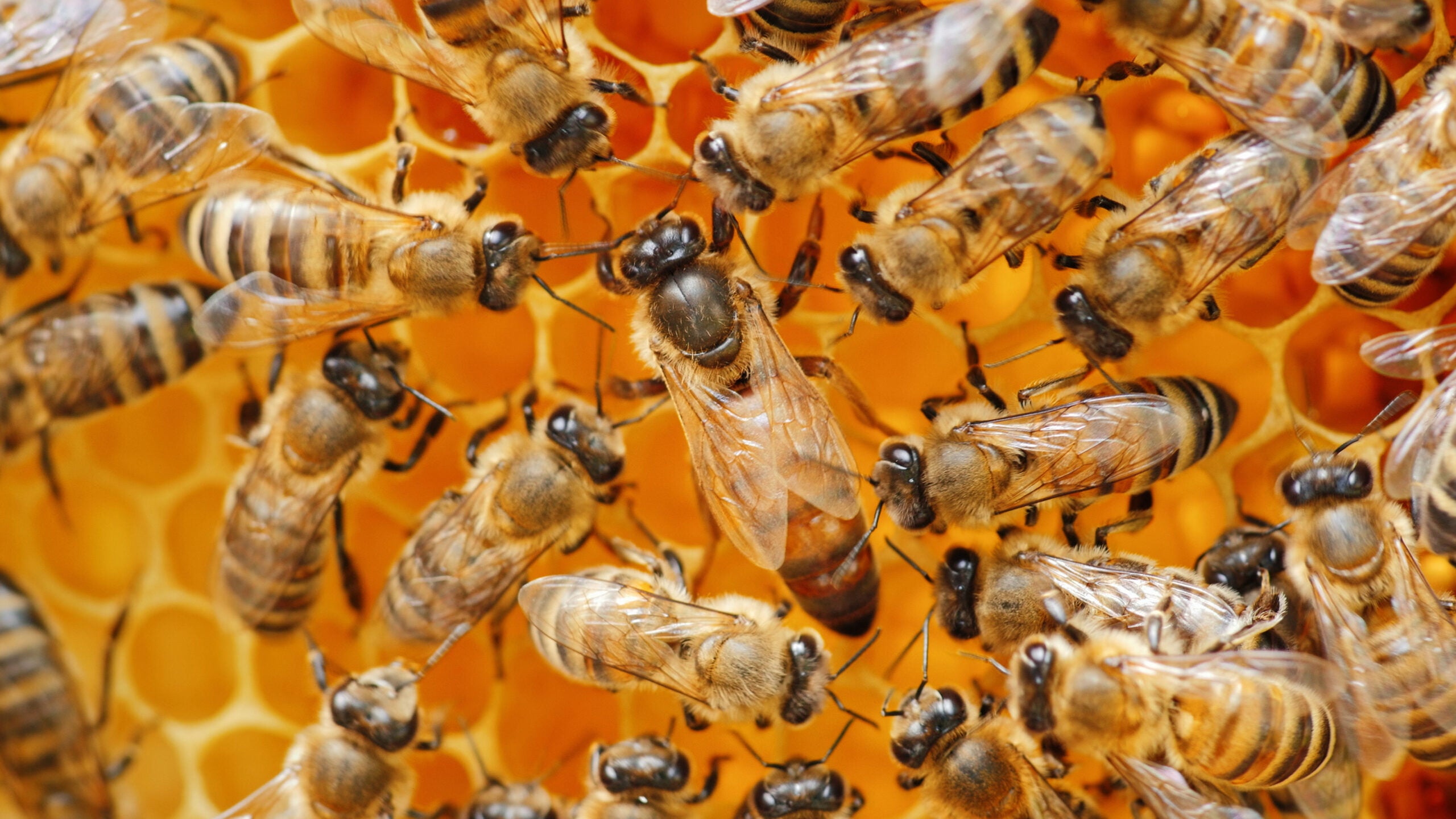
Royal Jelly is a milky substance that is produced by combining digested pollen, honey, or nectar, and a chemical from a nursing bee that is fed to a queen bee her entire life, while worker bees receive the jelly only until they reach maturation. This jelly is highly sought after by humans for dietary supplements.
Fact #4
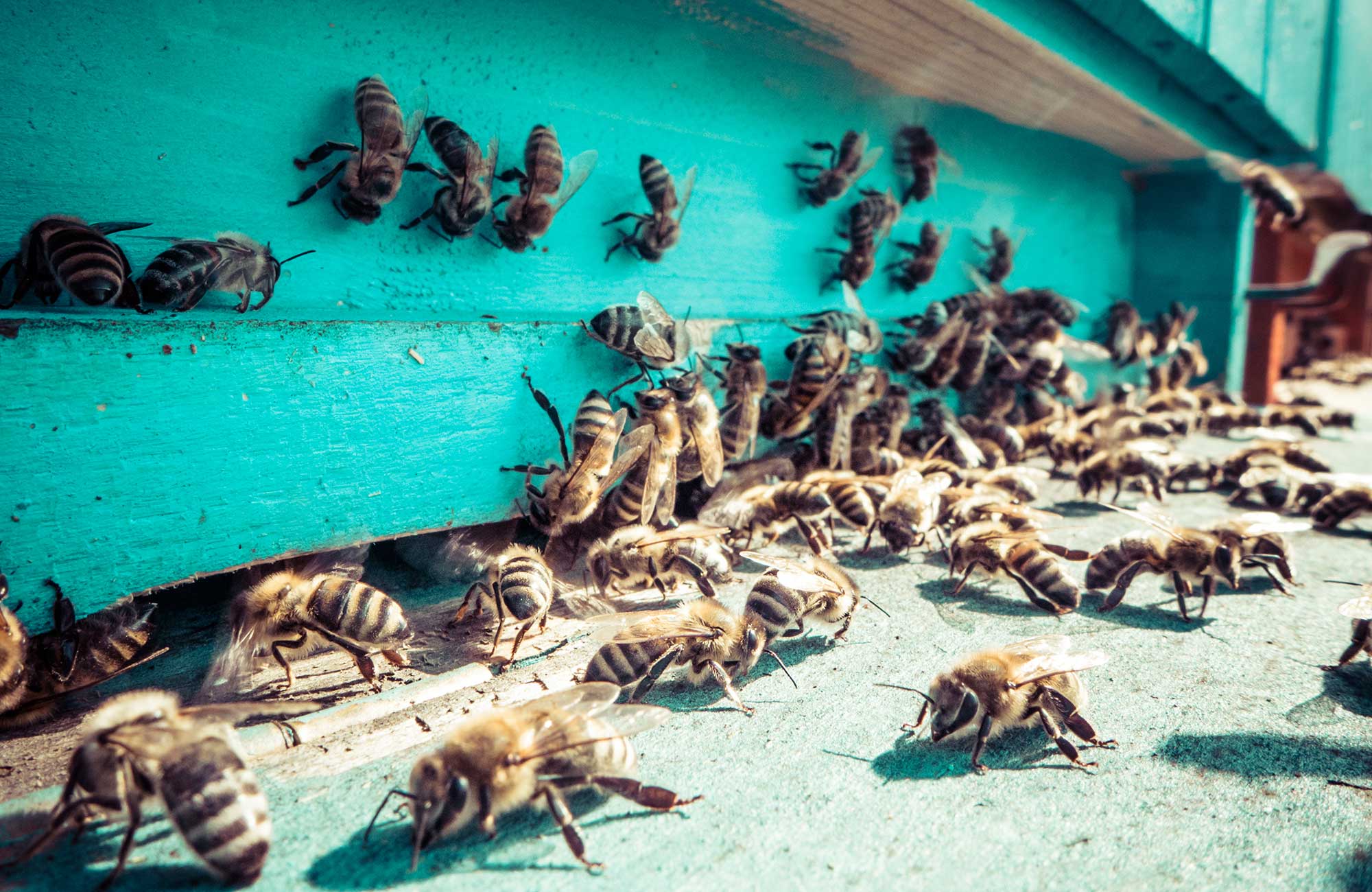
Bees are used to pollinate crops in a process called “Saturation Pollination,” which means that a crop has an over-populated number of bees brought to it. This is because the crop is one that isn’t desirable by bees and is near a crop that is highly desirable. Competition is created and to ensure all bees are fed, they are forced to pollinate the less desirable crops.
Fact #5
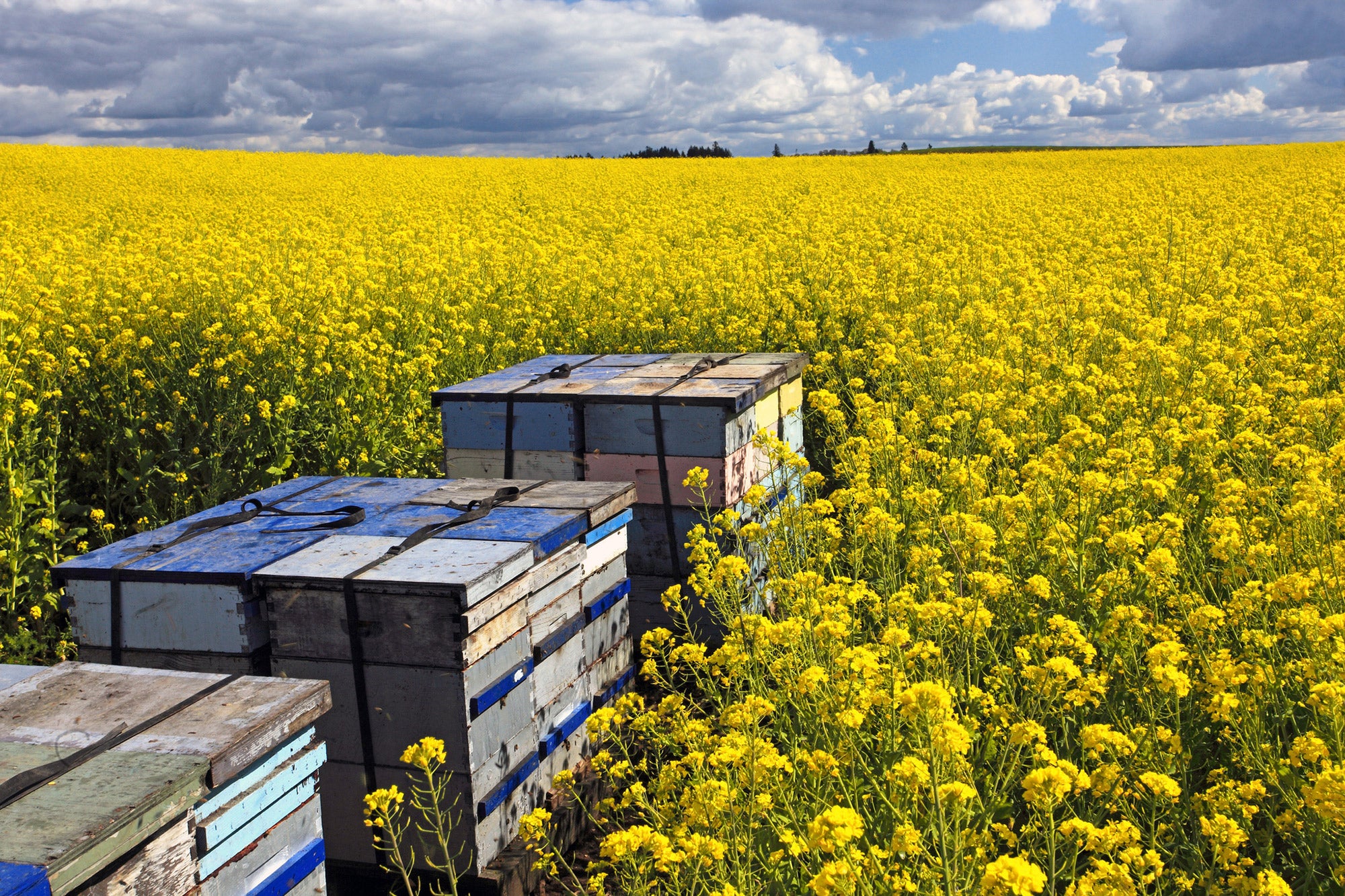
Honey bees contribute $20 billion to the value of U.S. crop production.
Fact #6
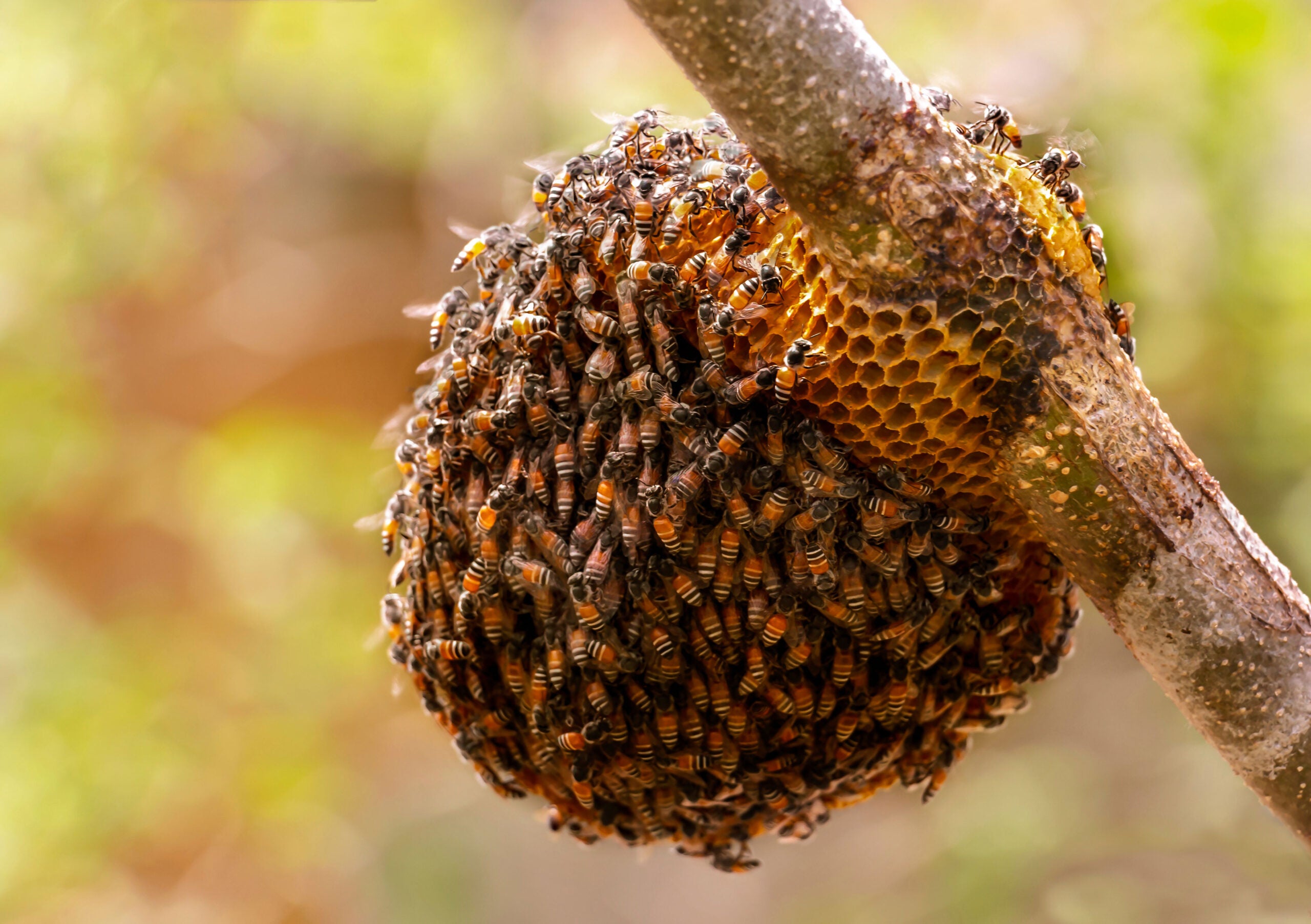
Bees cannot see the color red.
Fact #7

Honey bees work their best between 60 and 100 degrees Fahrenheit. Because of this, almond crops in California are reliant on honey bees rather than wild bees because they are still in hibernation in early February when the trees bloom. The California almond industry uses about 1.8 million colonies of honey bees to pollinate approximately 1 million trees alone.
Fact #8
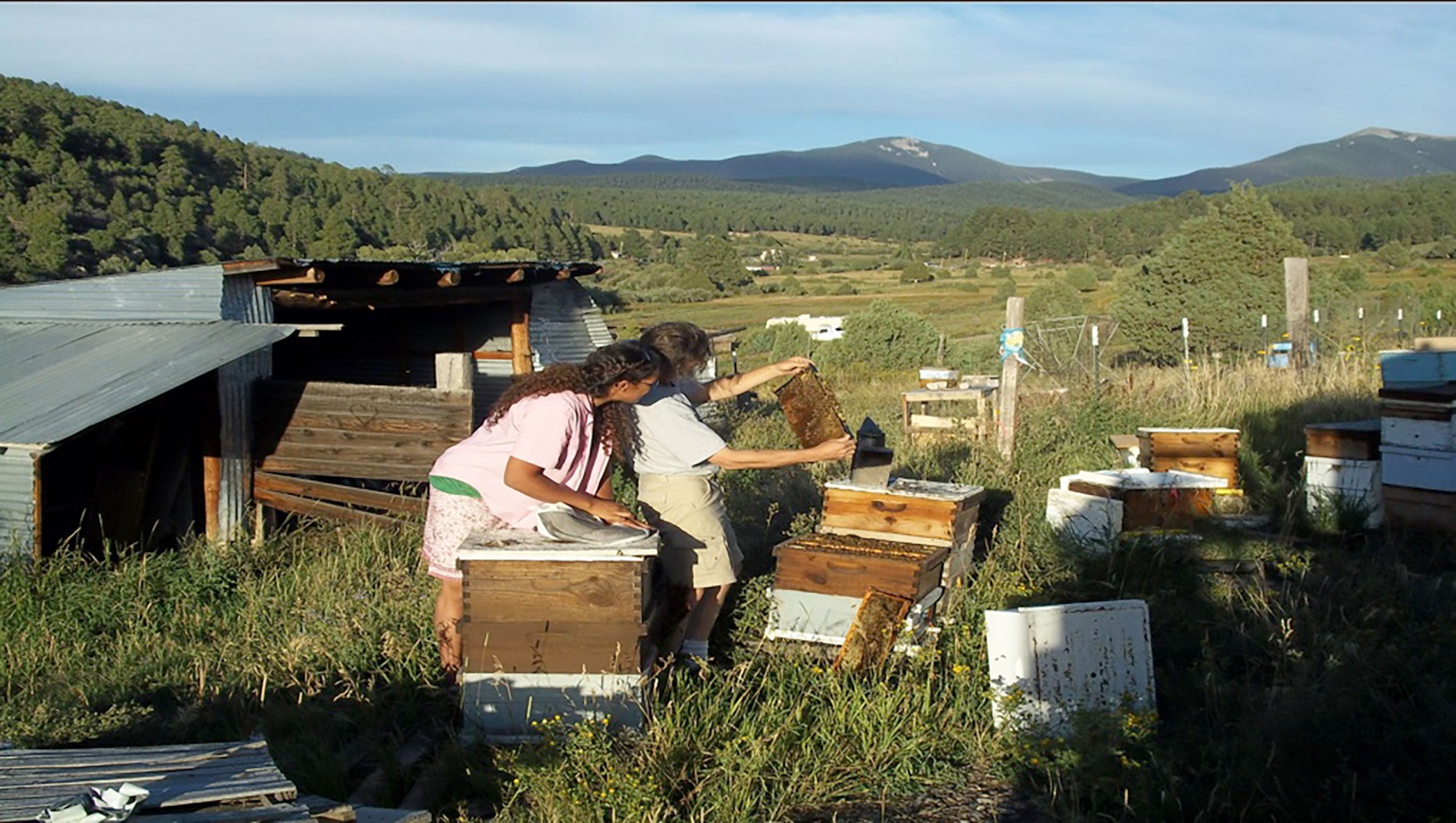
It would take about 1 ounce of honey to fuel a honey bees flight around the world.
Fact #9
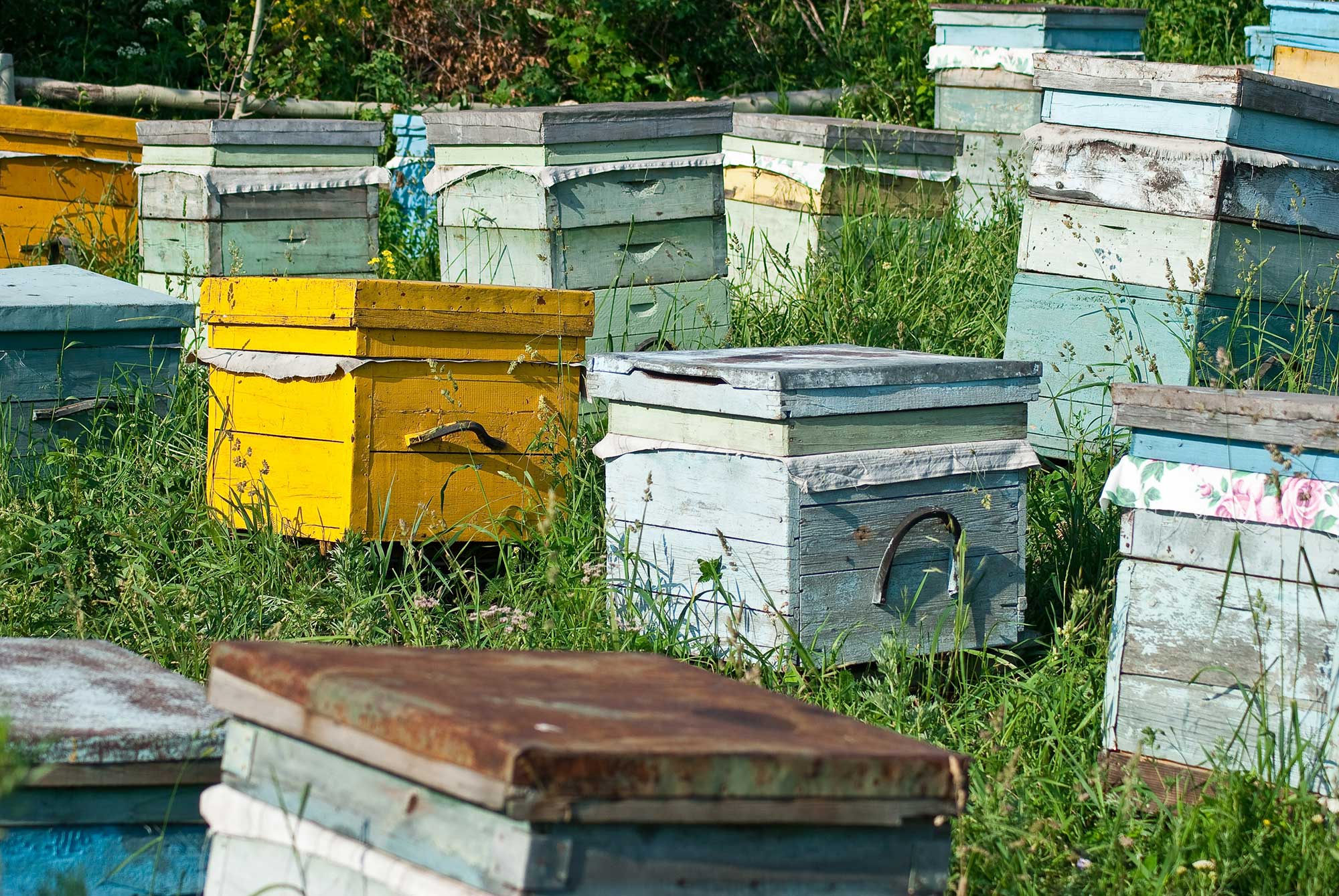
Bees being transported for agricultural purposes are usually hauled in loads of 408 to 412 hives and are driven across the country to various crops.
Fact #10
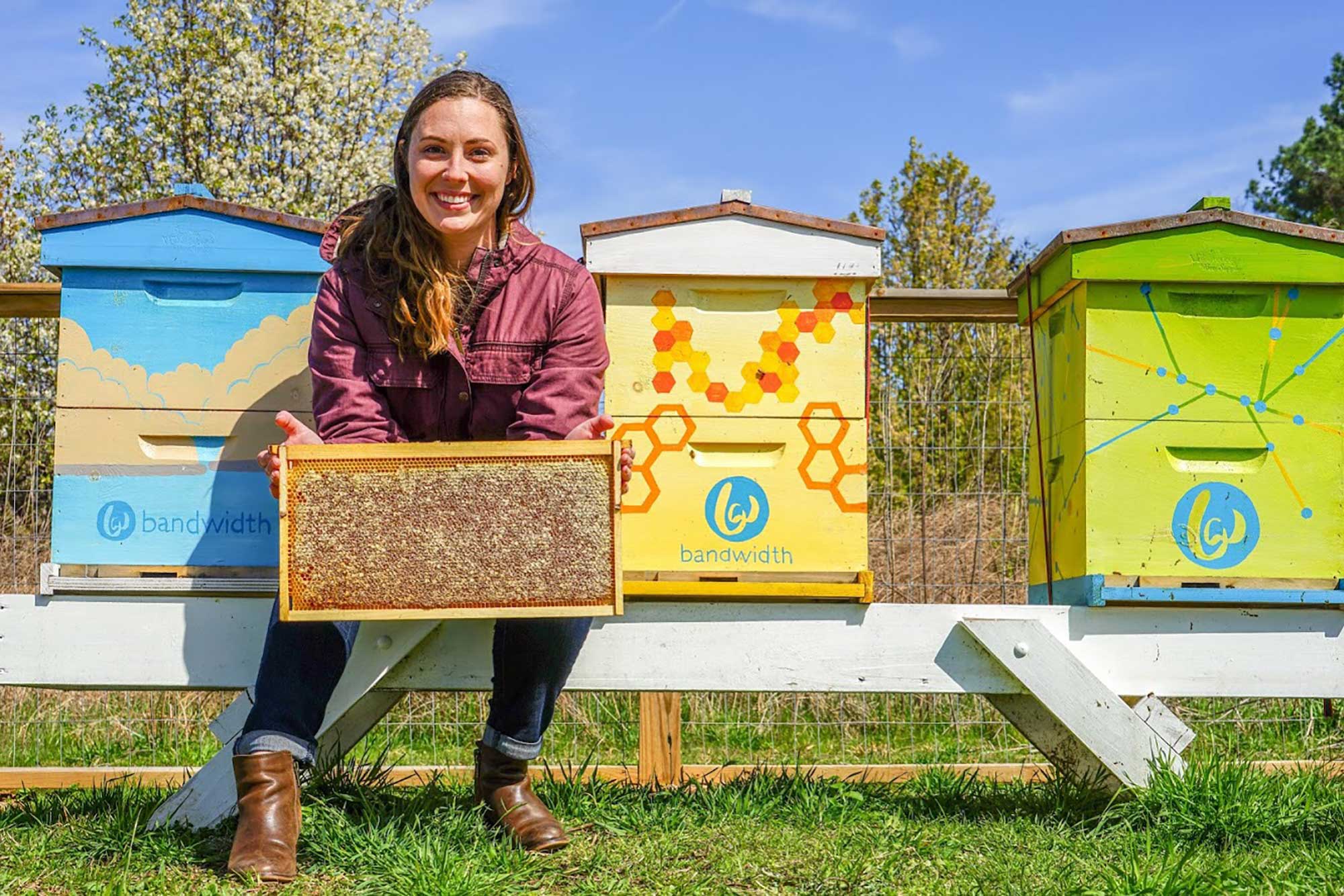
Bees must visit 2 million flowers to make a one-pound jar of honey.
Fact #11
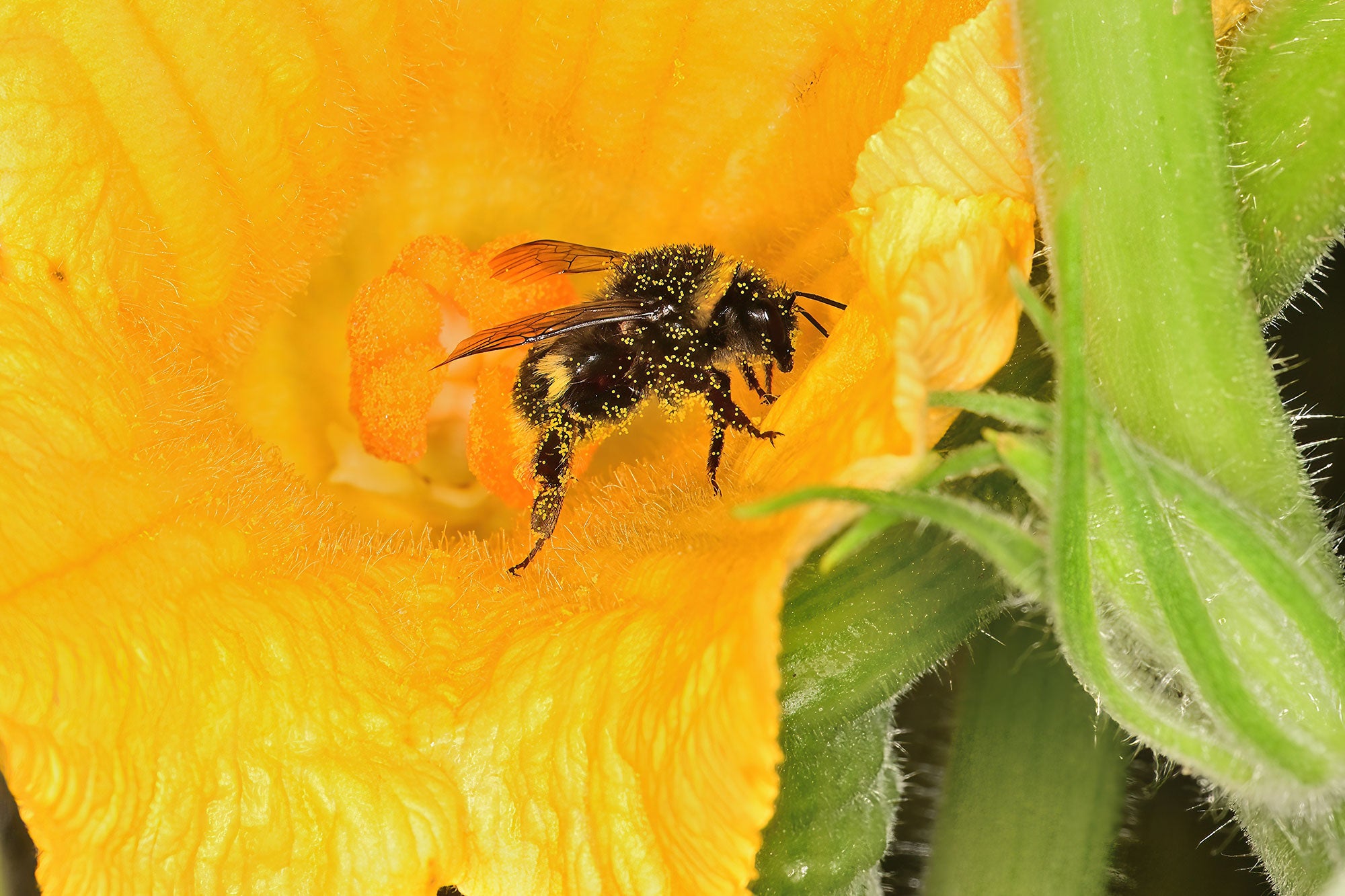
Honey bees can visit 5,000 flowers in one day.
Fact #12
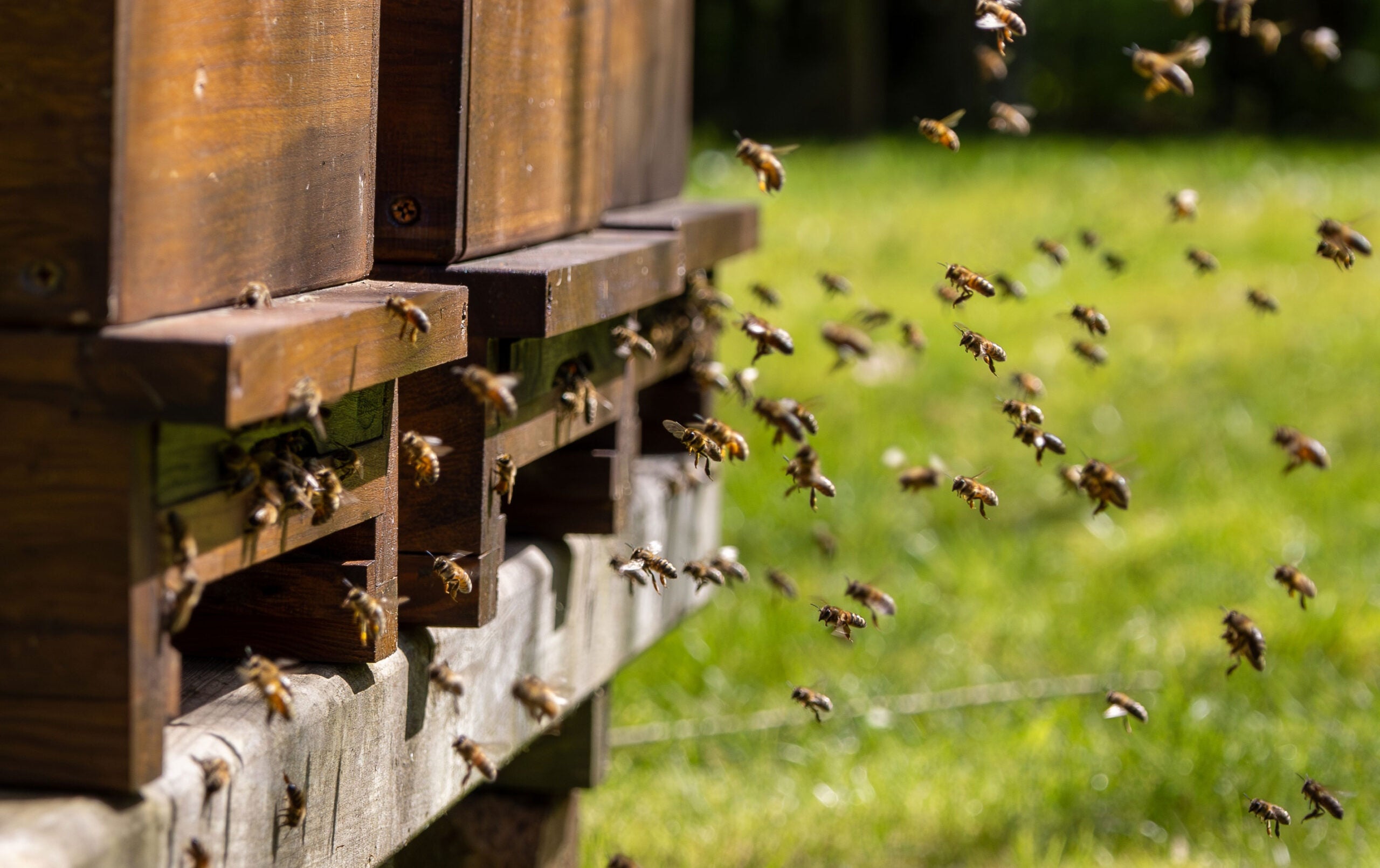
It’s estimated that there are about 2.7 million bee colonies in the U.S. today, two-thirds of which travel the country each year pollinating crops and producing honey and beeswax.


